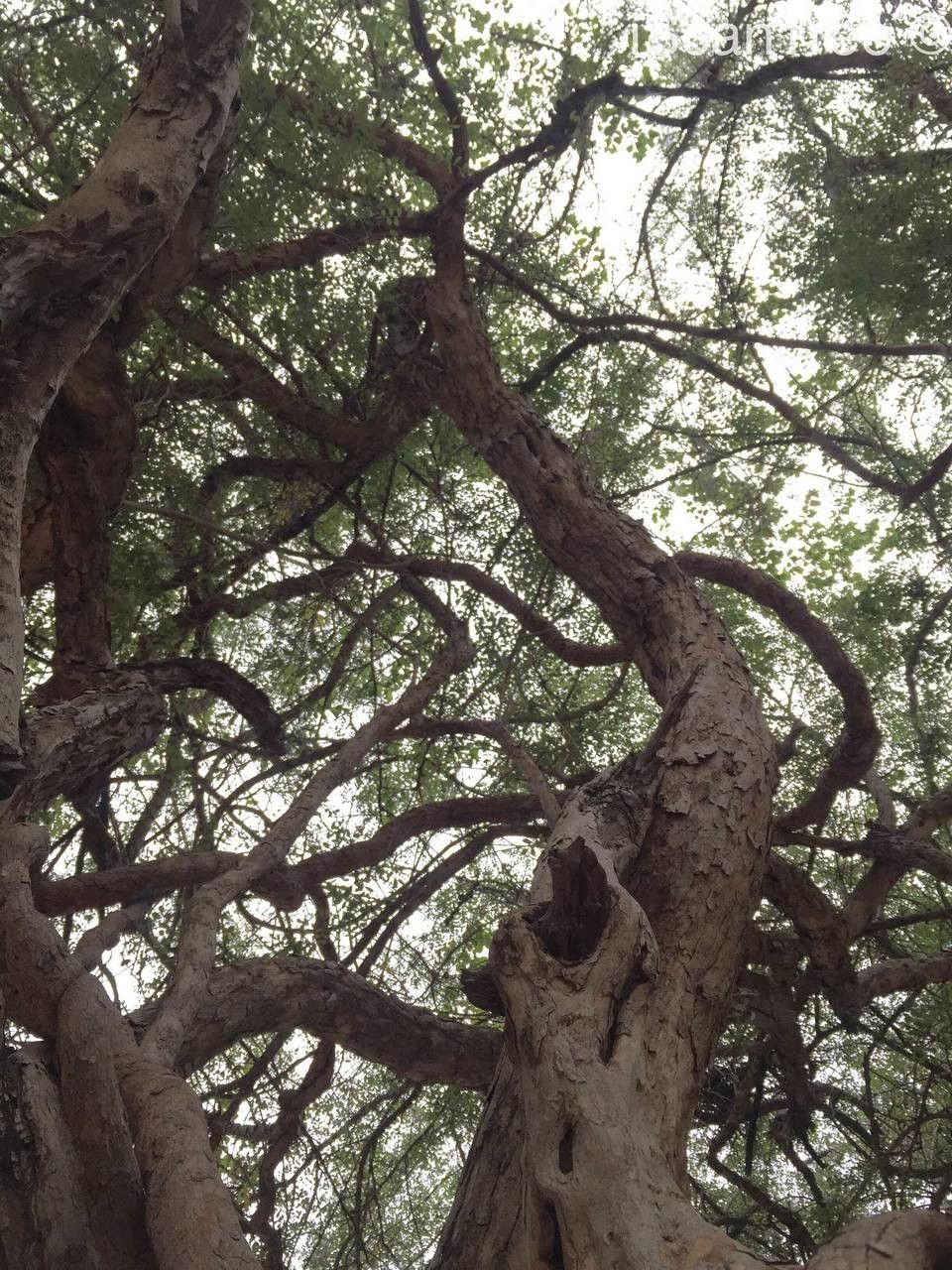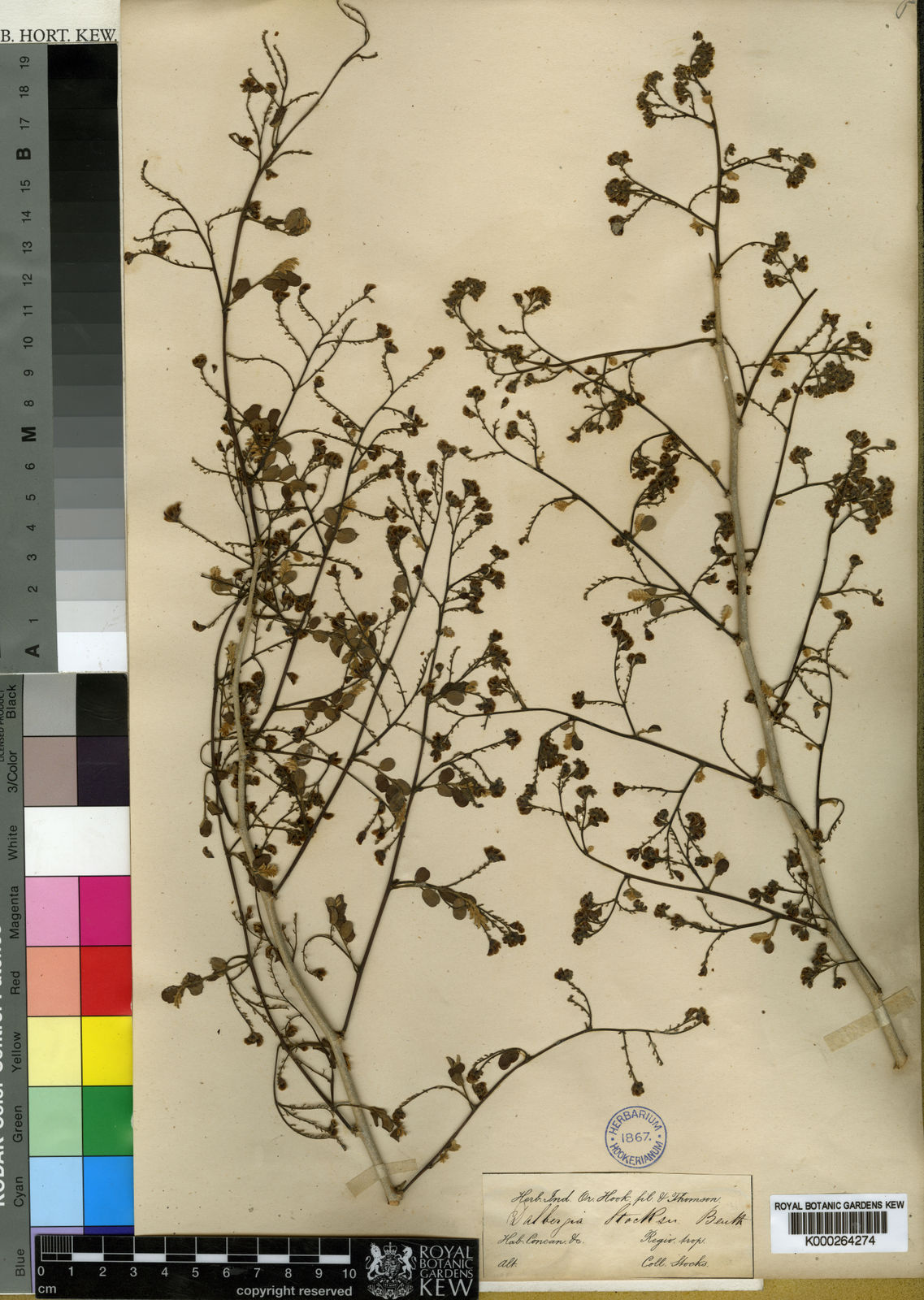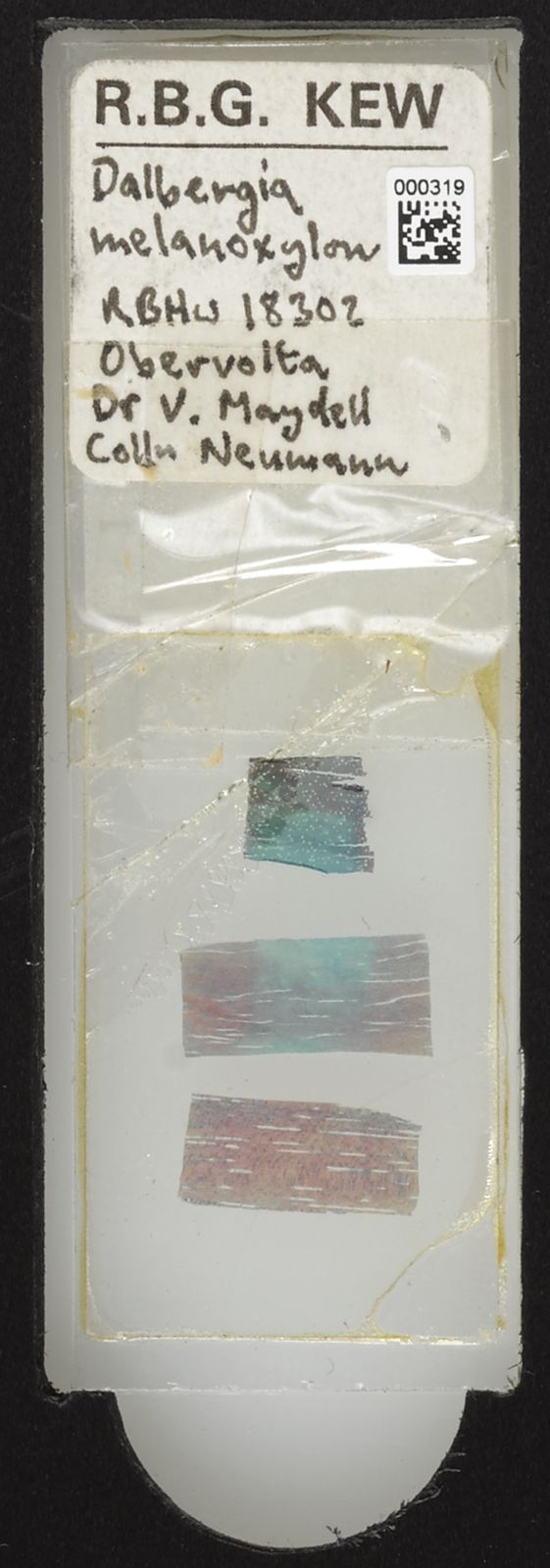African Blackwood
dalbergia melanoxylon
Also known as: ["Mpingo","Blackwood Dalbergia"]
Overview
A small, slow-growing tree native to Africa, known for its dense, dark heartwood used in high-quality musical instruments and fine furniture.
Benefits & Perks
["rare/collector’s item","wildlife attractant (bees, butterflies, birds)"]
Botanical Classification
| Phylum: | Magnoliophyta |
| Class: | Magnoliopsida |
| Order: | Fabales |
| Family: | Fabaceae |
| Genus: | Dalbergia |
| Botanical Name: | Dalbergia melanoxylon |
Plant Characteristics
Basic Information
- Category: Trees
- Suitable Location: outdoor garden in warm climates, or indoor pot in bright, sunny area
- Suitable For:
- Is Weed: No
- Allergenicity: moderate
Environmental Needs
- Climate: {"temperatureRange":"15–35°C"}
- Hardiness: {"zones":"9–11"}
- Misting: rarely required, only if ambient humidity is very low
- Drainage: Fast-draining to prevent root rot.
- Soil Type: Well-draining mix of cactus soil, perlite, and a small amount of organic matter.
Maintenance Level
- Maintenance Level: moderate
- Toughness Level: moderate
- Pruning Frequency: Annually or every 2 years, depending on growth rate.
- Pruning Intensity: Moderate; remove up to one-third of old growth to rejuvenate.
Care Details
Ideal Sunlight Coverage:
Bright indirect light for 6–8 hours daily; tolerates some direct sun if acclimated gradually.
Sunlight Tolerance Tips:
Acclimate to direct sun slowly over weeks; protect from intense midday sun; adjust light exposure based on indoor/outdoor placement.
Care Requirements
Care Difficulty
moderatemoderate
Sunlight
full sun to partial shade
Rotate plant weekly for even growth; use sheer curtains to filter intense light; avoid sudden light changes.
Watering
every 7–10 days during growing season, reduce in winter
Water thoroughly but infrequently; ensure soil dries between waterings; avoid overwatering.
Soil
well-draining, loamy soil with some sand
pH: Slightly acidic to neutral (pH 6.0–7.0).
Use pots with drainage holes; avoid compacted soil; top-dress with mulch occasionally.
Temperature
Prefers 65–85°F (18–29°C); tolerates mild fluctuations but avoid prolonged exposure to extremes.
Avoid placing near drafty windows; maintain consistent room temperature; use a thermometer to monitor.
Fertilizing
every 4–6 weeks during active growth with balanced fertilizer
Fertilize only when actively growing; flush soil occasionally to prevent salt buildup; avoid overfertilizing.
Propagation
Methods
Stem cuttings or seed; stem cuttings are more common for home growers.
Step-by-Step Propagation Guide
- Take a 4–6 inch cutting.
- Remove lower leaves.
- Apply rooting hormone.
- Plant in medium.
- Maintain humidity.
Best Time: Spring or early summer when the plant is actively growing.
Environment
High humidity (70–90%), warm temperatures (75–85°F), and indirect light.
Medium
Well-draining mix of perlite and peat moss or cactus mix.
Hormone
Recommended to use rooting hormone for faster root development.
Timeline
Roots may develop in 4–8 weeks; establish in new pot after 3–6 months.
Tools Needed
Pruning shears, rooting hormone, small pots, plastic wrap or propagator.
Quick Tips
Use healthy, non-flowering stems; keep medium consistently moist; provide bottom heat if possible.
Pruning & Repotting
Pruning Guide
Method
Selective thinning and heading back to maintain form and health.
Pruning Plan
Shape the plant and encourage bushier growth; remove dead or overgrown branches.
Tools
Pruning shears, sterilized knife, gloves.
Checklist
Sterilize tools; prune in early spring; remove dead/diseased wood; shape evenly.
Repotting Guide
Best Season
Spring, when the plant is entering active growth.
Pot Size
Increase pot size by 2–3 inches in diameter; avoid oversized pots.
Method
Remove plant gently; trim roots if needed; use fresh soil mix; ensure good drainage.
Suggestions
Repot every 2–3 years or when roots fill the pot; beneficial for growth and soil health.
Checklist
Prepare new pot; trim roots if crowded; use fresh soil; water lightly after repotting.
Advanced Care Tips
Watering Mastery
Watering Checklist
Check soil moisture; water deeply; ensure drainage; adjust for season.
How to Apply Water Properly
Water directly at the root zone until water drains from the bottom; ensure even moisture without waterlogging; water in the morning to reduce evaporation.
Watering Schedule Tips
Water deeply once the top inch of soil feels dry; reduce frequency in winter to prevent root rot.
Soil Improvement
Add perlite or coarse sand for drainage; incorporate compost for fertility; ensure aeration with chunky materials.
Temperature Stress Management
Signs of Temperature Issues
Wilting, leaf drop, or chlorosis in cold; scorching or stunted growth in excessive heat.
Cold Stress
Slows growth; may cause leaf drop or root damage if temperatures drop below 50°F (10°C).
Solution: Move to a warmer location; insulate roots with mulch; avoid cold drafts.
Hot Stress
Leaves may scorch, wilt, or drop; growth may stagnate in prolonged heat above 90°F (32°C).
Solution: Provide shade; increase humidity; water more frequently but avoid waterlogging.
Fertilizing Guide
Fertilizing Checklist
Check growth phase; dilute fertilizer; apply to moist soil; rinse pot periodically.
Fertilizing Method
Use balanced liquid fertilizer diluted to half strength every 4–6 weeks during growing season (spring/summer); cease in fall/winter.
Common Problems & Solutions
Toxicity Warning
Cats
Slightly ToxicCats may experience mild gastrointestinal irritation if they ingest seeds or wood from Dalbergia melanoxylon. The toxic compounds can cause discomfort, though serious health effects are uncommon.
⚠️ Symptoms:
🌿 Toxic Parts:
⚡ Toxic If:
if ingested
Dogs
Slightly ToxicIngestion of seeds or wood from Dalbergia melanoxylon may lead to mild gastrointestinal upset in dogs. The compounds present can cause irritation to the digestive tract, though severe toxicity is rare.
⚠️ Symptoms:
🌿 Toxic Parts:
⚡ Toxic If:
if ingested
Humans
Slightly ToxicThe seeds and wood dust of Dalbergia melanoxylon can cause mild gastrointestinal distress and respiratory irritation due to the presence of certain alkaloids and irritant compounds. The wood dust, in particular, may provoke allergic reactions in sensitive individuals.
⚠️ Symptoms:
🌿 Toxic Parts:
⚡ Toxic If:
if ingested or inhaled as dust
Frequently Asked Questions
Q: Is African Blackwood suitable for indoor cultivation?
A: No, it is best suited for outdoor cultivation due to its size and growth requirements.
Q: What are the primary uses of African Blackwood?
A: It is primarily used for making high-quality musical instruments, fine furniture, and decorative items due to its dense, dark wood.
Q: Is African Blackwood endangered?
A: Yes, it is listed as Vulnerable on the IUCN Red List due to overharvesting and habitat loss.
Quick Reference
| Family: | Fabaceae |
| Care: | moderate |
| Light: | full sun to partial shade |
| Water: | every 7–10 days during growi |
Get Expert Care Tips
Download the Plantious app for personalized care reminders and plant identification!
Google Play App Store








